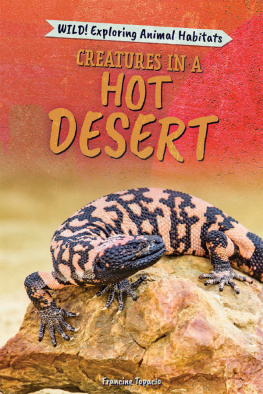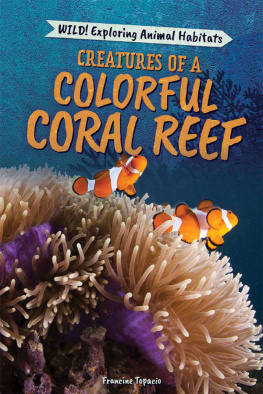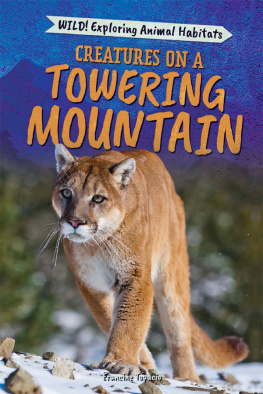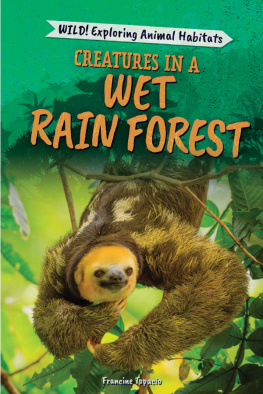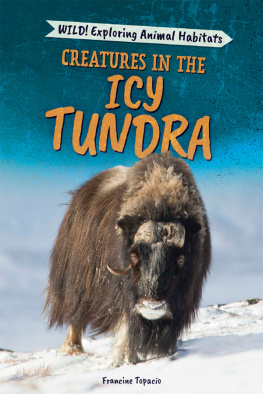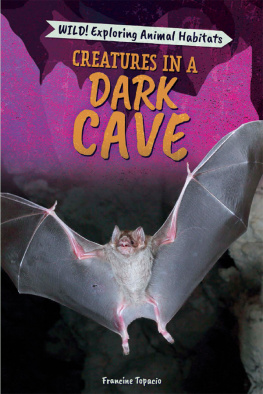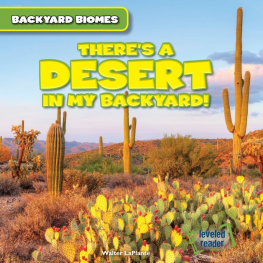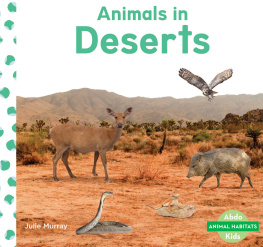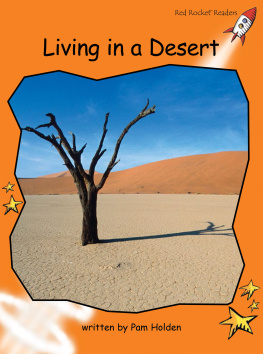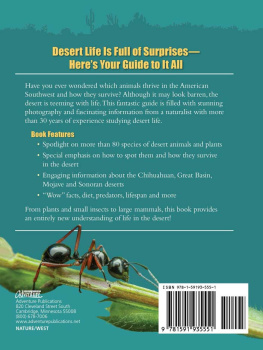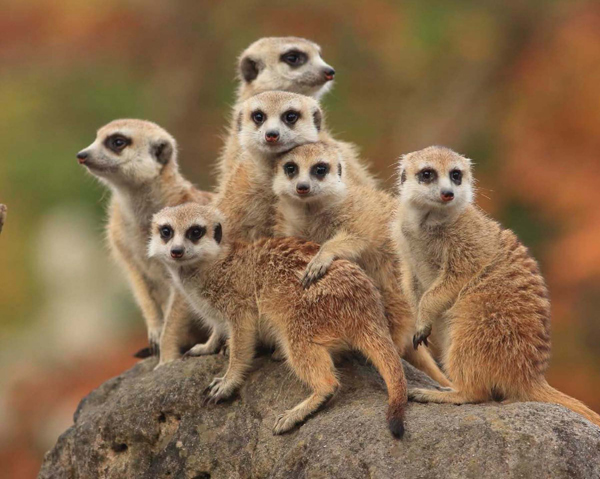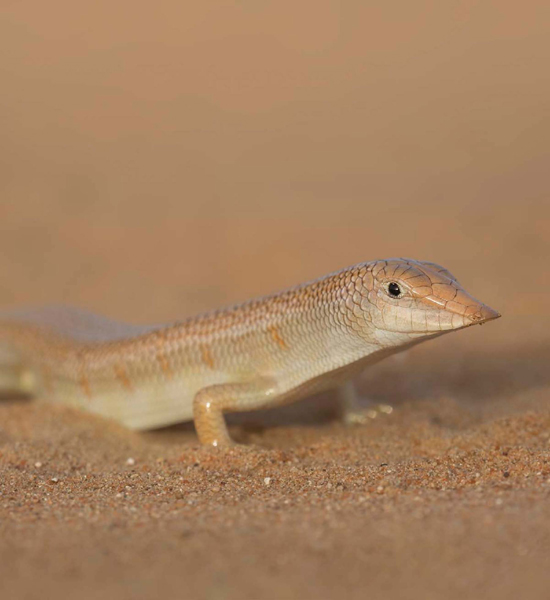Published in 2020 by The Rosen Publishing Group, Inc.
29 East 21st Street, New York, NY 10010
Copyright 2020 by The Rosen Publishing Group, Inc.
All rights reserved. No part of this book may be reproduced in any form without permission in writing from the publisher, except by a reviewer.
Copyright 2011; revised edition 2020
Editor: Elizabeth Krajnik
Book Design: Reann Nye
Photo Credits: Cover Vaclav Sebek/Shutterstock.com; Series Art Lilu330/ Shutterstock.com; p. 5 Anton Foltin/Shutterstock.com; p. 6 wanida tubtawee/ Shutterstock.com; p. 7 rattiya lamrod/Shutterstock.com; p. 8 Ralf Liebhold/ Shutterstock.com; p. 9 maloff/Shutterstock.com; p. 10 dorimoreno1/RooM/Getty Images; p. 11 Mrinal Pal/Shutterstock.com; p. 12 Casey K. Bishop/Shutterstock. com; p. 13 Kristian Bell/ Moment Open/Getty Images; p. 14 visuelldesign/ Shutterstock.com; p. 15 ColbyJoe/iStock / Getty Images Plus/Getty Images; p. 17 Jay Pierstorff/iStock / Getty Images Plus/Getty Images; p. 18 Judith Lienert/ Shutterstock.com; p. 19 Birds and Dragons/Shutterstock.com; p. 20 Elizabeth W. Kearley/Moment/Getty Images; p. 21 Erni/Shutterstock.com; p. 22 JeniFoto/ Shutterstock.com.
Library of Congress Cataloging-in-Publication Data
Names: Topacio, Francine, author.
Title: Creatures in a hot desert / Francine Topacio.
Description: New York : PowerKids Press, [2020] | Series: Wild! Exploring animal habitats | Includes index.
Identifiers: LCCN 2019003543| ISBN 9781725304321 (paperback) | ISBN 9781725304345 (library bound) | ISBN 9781725304338 (6 pack)
Subjects: LCSH: Desert animals--Juvenile literature. | Habitat (Ecology)--Juvenile literature.
Classification: LCC QL116 .T67 2020 | DDC 591.754--dc23
LC record available at https://lccn.loc.gov/2019003543
Manufactured in the United States of America
CPSIA Compliance Information: Batch #CSPK19. For Further Information contact Rosen Publishing, New York, New York at 1-800-237-9932.
DESERT BASICS
A desert is an arid, or very dry, place with little vegetation, or plant life.To be considered a desert, a place must receive less than 10 inches (25 cm) of rain each year. The driest desert on Earth, the Atacama in Chile, gets less than 0.004 inches (0.01 cm) of rain each year on average.
Deserts are found on every continent. Some deserts, such as the Sahara in Africa, are dry and hot while others, such as the Gobi Desert in Asia, are always cold. Not all deserts look the same. Some are sandy and others are rocky or mountainous.
Creature Corner
Many people think deserts are places with little life. However, deserts have many species, or kinds, of highly adapted plants and animals.
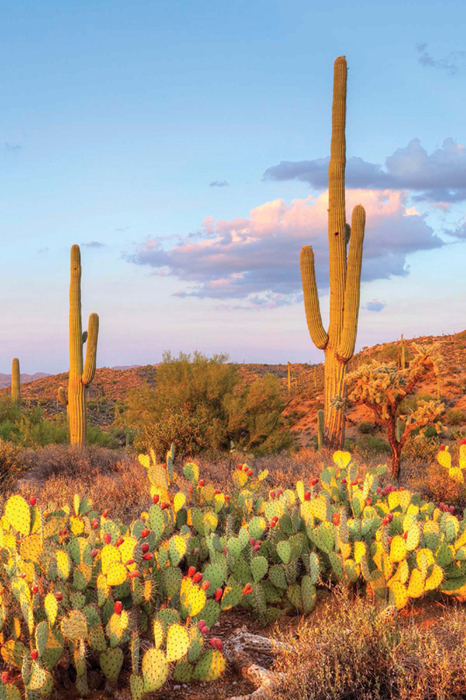
The United States has four large deserts, which are the Mojave, the Sonoran, the Great Basin, and the Chihuahuan. These saguaro cacti are in the Sonoran Desert.
HARSH PLACES
Deserts make up more than onefifth of Earths land. So what grows in these harsh places? Desert plants dont need much water and have adaptations, such as long roots or shallow and broad roots that take in water from the ground. Others store water in their fleshy leaves.
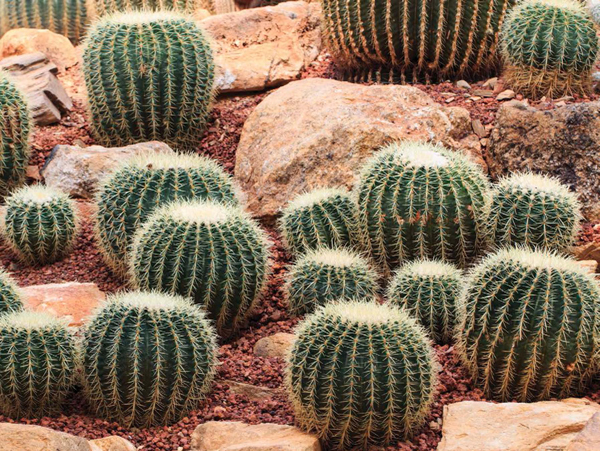

Many desert plants, such as this plant called a succulent, have a waxy coating on their fleshy leaves to keep them cool and to keep them from losing too much water.
Some desert plants only open their stomata, or holes on their leaves, at night so they lose less water. They take in a gas called carbon dioxide and store it until theres sunlight to carry out photosynthesis. Many desert plants have spines, or thorns, or make toxins to protect, or guard, themselves from predators. Grasses, bushes, and small trees also grow in deserts.
MAMMALS IN THE DESERT
Desert animals have adaptations to survive in these harsh environments, too. There are lots of mammals in the desert. One of the main ways mammals, and other animals, survive in hot deserts is staying out of the sun. They are most active at night when its not as hot.
Creature Corner
Camels, which live in the deserts of Africa and Asia, can drink up to 30 gallons (114 L) of water at one time. They are able to go about a week without drinking.
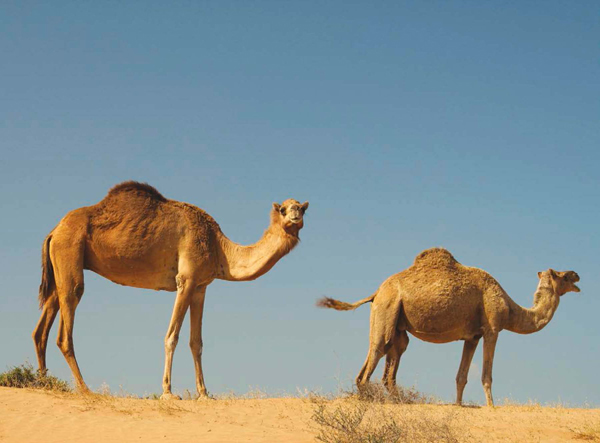
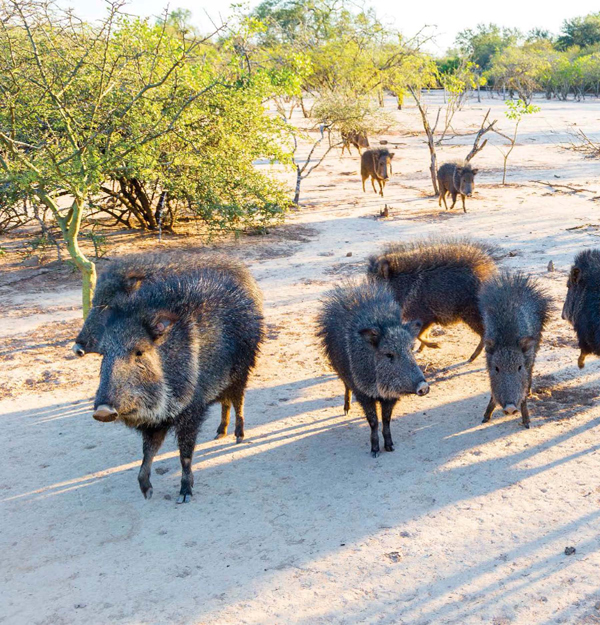
Peccaries live in deserts in southern parts of North America, Central America, and South America. They eat agaves and prickly pears, which store a lot of water.
Many small mammals, such as the kangaroo rat, dig burrows to keep cool and get all or most of the water they need from the foods they eat. Some large mammals with fur, such as coyotes, lose their winter coats in the spring to keep their bodies cool in the summer.
MEERKATS
Meerkats are squirrel-sized burrowing mammals that live in parts of the Kalahari Desert in southern Africa. They live together in groups of up to 40 members.

Meerkats take turns acting as the guard. When the others hear the warning call, they take cover.
Meerkats spend five to eight hours searching for food each day, but spend the afternoon in their burrows to stay cool. Their diet, or food they eat, is made up of bugs, spiders, small rodents, lizards, eggs, and scorpions.
While eating, meerkats look around to see if predators, such as jackals or raptors, are nearby. One meerkat acts as a guard, standing on its back legs and whistling to tell the others when a predator is near.
REPTILES IN THE DESERT
Many reptiles live in deserts around the world. Reptiles are cold blooded, which means their body temperature changes with the temperature of their environment. Reptiles that are nocturnal, or mostly active at night, such as most snakes, take in heat from the air and ground. Reptiles that are diurnal, or mostly active during the day, such as some lizards, spend most of the day basking in the heat of the sun.

Some reptiles, such as the desert iguana, can have fairly high body temperatures, which can be as high as 108F (42C).

